DNVN - In the context of steel industry enterprises facing great pressure in green transformation to meet the EU's requirement of carbon tax from 2026, experts say that the efforts of this industry alone are not enough, requiring a comprehensive movement related to business support policies.
The pressure to green transition is too great
The global steel industry is estimated to account for 7% of global greenhouse gas emissions. Sustainability regulations are becoming increasingly stringent, particularly in terms of reducing emissions during the manufacturing process.
For example, the European Union (EU) has announced the implementation of the Carbon Border Adjustment Mechanism (CBAM) policy, imposing a carbon tax on manufacturers exporting to this market, including steel products. The policy will be officially applied from January 2026.
In response to the EU's new movement towards emission reduction and sustainable development, in mid-June, the Vietnam Steel Association (VSA) announced that it was seeking opinions from member businesses on the European Union's (EU) plan to fully implement the carbon border adjustment mechanism (CBAM) by 2026.
At the recent seminar "Protecting steel manufacturing enterprises in a pincer situation", Mr. Pham Cong Thao - Vice President of VSA assessed that reducing carbon emissions is a very urgent requirement from a global perspective. In which, developed countries are ahead of other countries. They impose emission taxes on imported goods, if Vietnam does not promptly make a green transition, it will be very difficult to penetrate the EU market. Reducing emissions for the steel industry is very important because this is one of the major emission-emitting industries. The steel industry itself is also ahead and they can implement different emission reduction targets.
"According to the World Steel Association, the steel industry emits 79% of CO2 emissions into the environment. Meanwhile, the Vietnamese government has set a target of zero net emissions by 2050, which is more than 20 years away. 20 years feels like a long time, but for the steel industry, it is not long. It can be said that the pressure for green transformation in the steel industry is very large, requiring great efforts," Mr. Thao acknowledged.
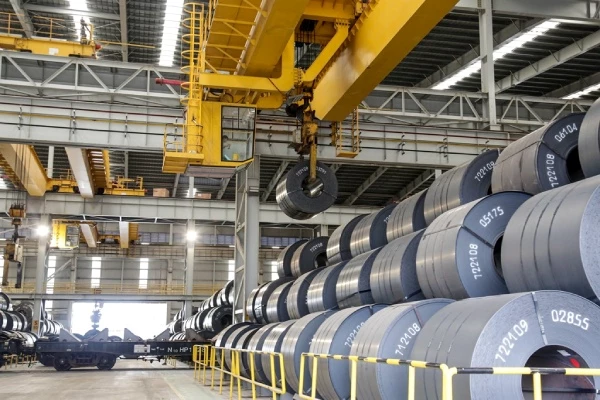
The pressure for green transformation in the steel industry is currently very large.
To make a green transition, there must be a huge change in technology. Developed countries are ahead in this issue while Vietnam is mainly applying technology, so the pressure to change is very large and requires a lot of capital to change from old technology to new technology.
According to Mr. Thao, to have a green transition, there must be a green energy source because the steel industry uses a lot of energy such as fossil coal and electricity.
"To be green, we must have green electricity, reduce the use of fossil fuels and switch to other fuels. It must be multi-layered and green from the beginning," said the Vice President of VSA.
Reducing carbon emissions is a long-term story and a big national issue. The steel industry itself has organized many seminars on the topic of green transformation to adapt to market trends and sustainable development. Each enterprise has its own transformation plan.
However, according to Mr. Thao, to achieve the green transformation goal, the steel industry needs support from the Government in developing preferential investment policies for green production technology, for example. This can be done through mechanisms on interest rates and capital incentives. The Government itself also needs to support the early conversion to green energy sources to achieve the goal of reducing emissions.
Market requirement
Ms. Nguyen Thi Thu Trang - Director of the WTO and Integration Center (Vietnam Federation of Commerce and Industry - VCCI) said that currently, each market will have different steps in applying green transition and emission reduction requirements. However, this is an irreversible trend.
"I sympathize with the difficulties of the steel industry, but I am also very happy that the industry is clearly aware of this and is ready for the transformation story. However, we need more resources and support from a policy perspective so that the industry and businesses in the industry can do better," Ms. Trang said.
The Director of the WTO and Integration Center noted that, from an export perspective, some markets do not wait for us to be ready before applying, but they apply it to their products and accordingly they apply it to products imported into their markets.
For example, the EU’s green transition agenda is part of a very large policy package called the European Green Deal. The European Green Deal covers about six broad sectors, of which the carbon border tax is probably one of over 100 specific policies that, from various angles, could affect exports. But before implementing CBAM, the EU had already implemented an emissions trading system that applied to EU domestic enterprises.
To ensure the relative competitiveness of domestic steel products, the EU has been applying this requirement to steel products imported from abroad. If Vietnamese enterprises can meet the EU's carbon requirements equivalent to the EU's level, then goods exported to the EU will not face any obstacles.
"In other words, meeting the green standards of each specific market for Vietnamese export products in general and steel products in particular is a mandatory requirement. Depending on the requirements of each market, depending on each step of the market, the requirements may be different, but this is an irreversible trend. If we go faster, stronger and are recognized by importing countries, businesses may not encounter additional barriers. However, it should be noted that going too fast can be exhausting," Ms. Trang emphasized.
Need for holistic transformation
From this analysis, according to experts, green transformation in general and emission reduction in particular not only require the efforts of steel industry enterprises but also the joint efforts of the entire system. For example, with the steel industry, if energy transformation cannot keep up, the steel industry cannot "green" itself. Or textiles want to transform but without raw materials and green factories, they cannot create green products.
"Efforts from businesses and industries are not enough, but need a comprehensive, inclusive movement related to business support policies. Vietnam needs to have comprehensive steps with the participation of many industries at the same time," the expert shared.
Agreeing with Ms. Trang on a broader approach, Mr. Phan Duc Hieu - Standing Member of the National Assembly's Economic Committee, said that policies are needed to create a favorable and fair business environment to develop the Vietnamese steel industry.
In green transformation, although businesses are aware that green transformation is necessary, it will be a big challenge if they do it themselves. The steel industry cannot proactively do everything related to green transformation, such as energy transformation, instead it needs the initiative, support and participation of stakeholders.
In addition, it is necessary to mobilize resources, involve all private sector enterprises, coordinate between the State and the private sector, and support measures must follow market mechanisms.
Moonlight
Source: https://doanhnghiepvn.vn/kinh-te/ap-luc-xanh-hoa-nganh-thep-no-luc-cua-rieng-doanh-nghiep-la-chua-du/20240716112610943








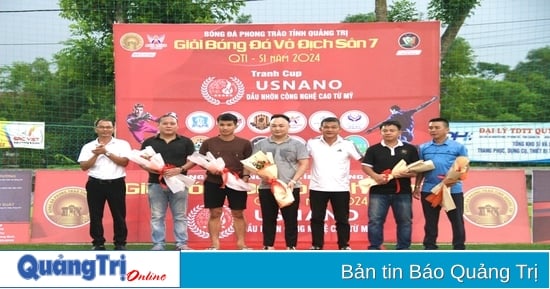

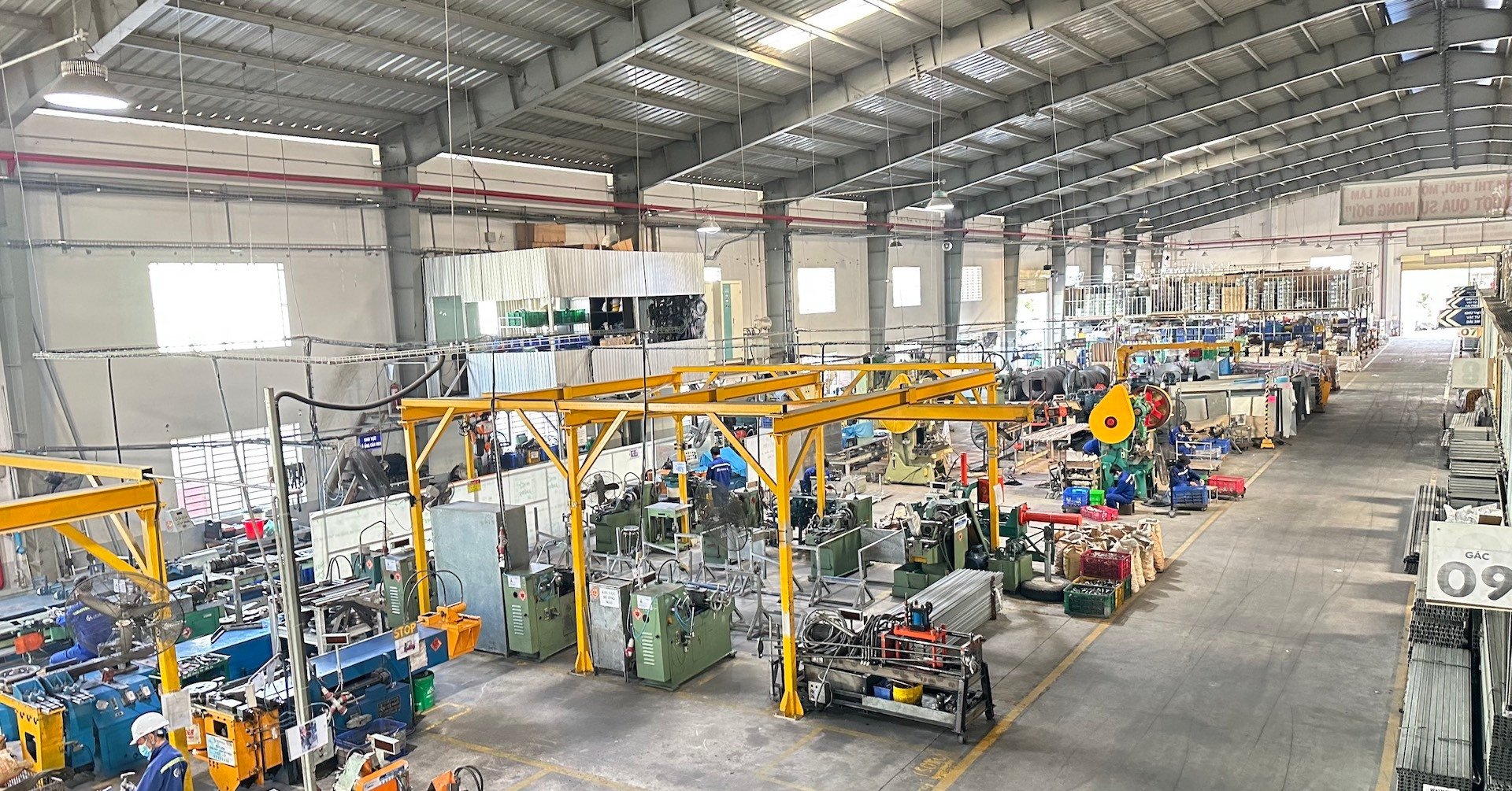

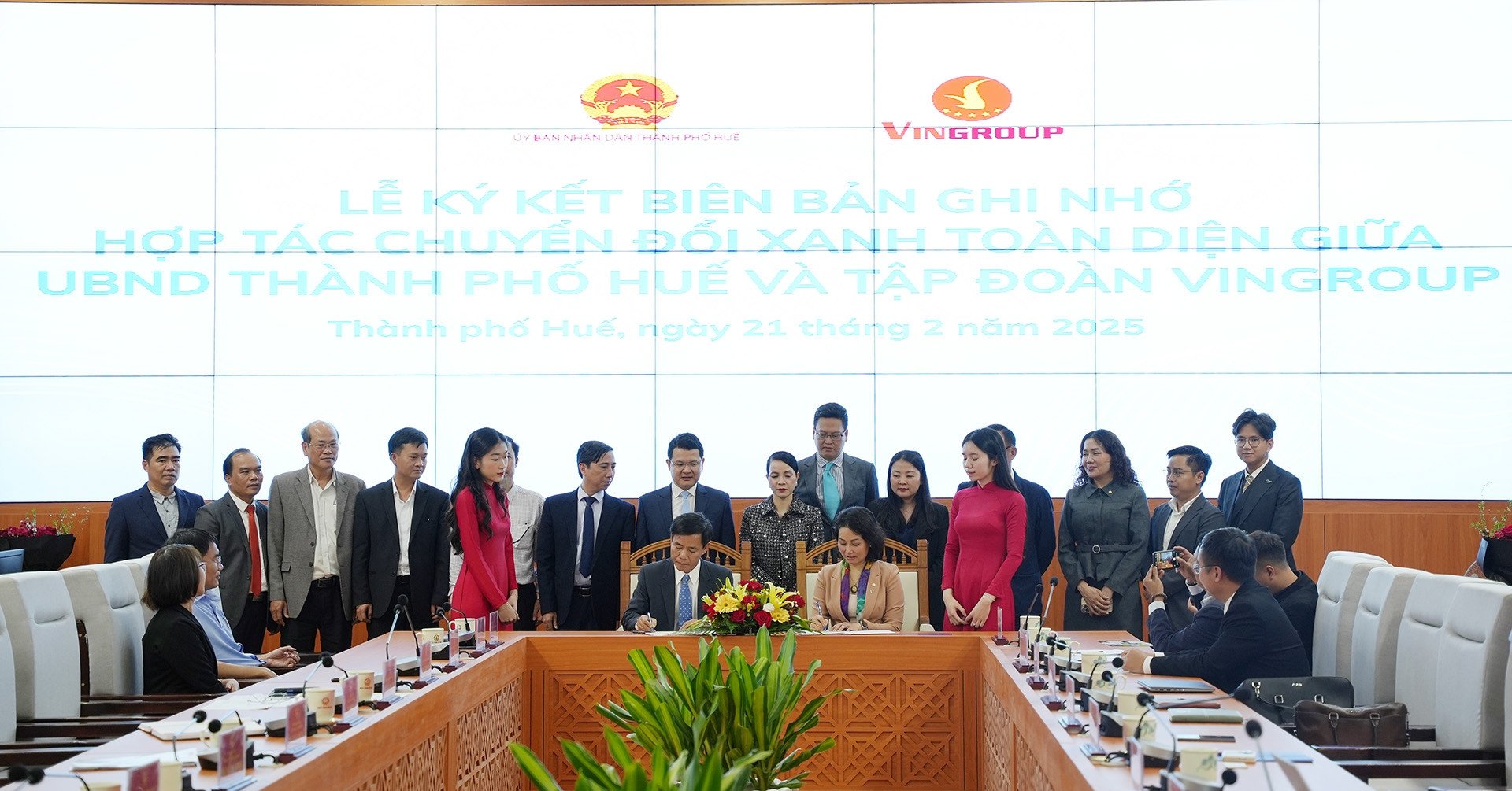
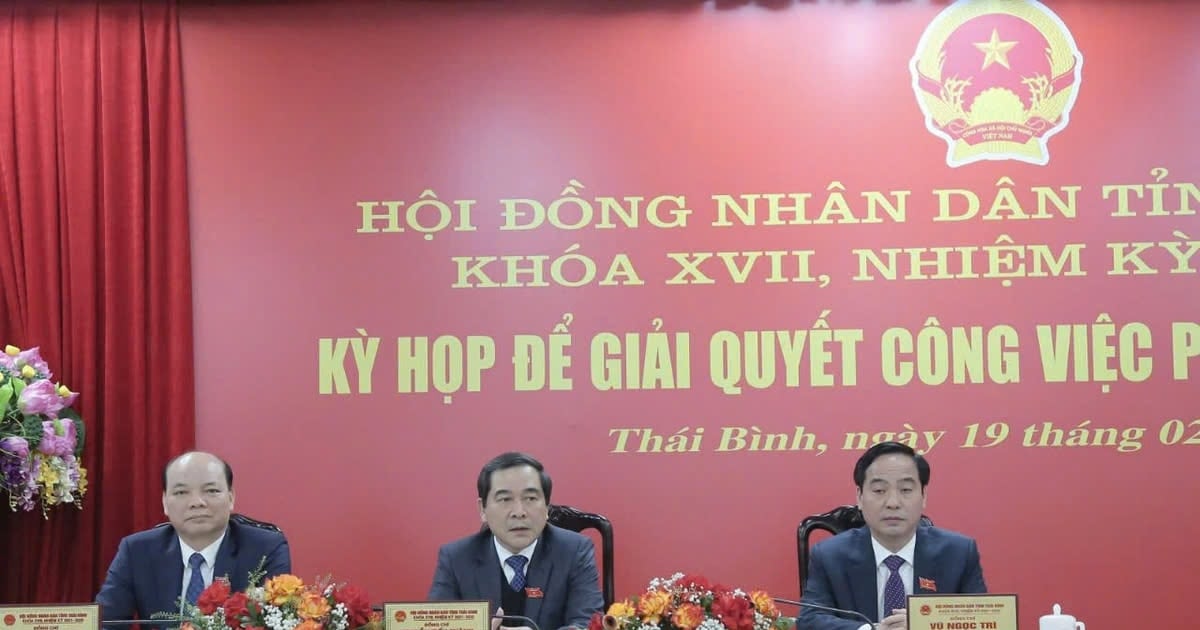

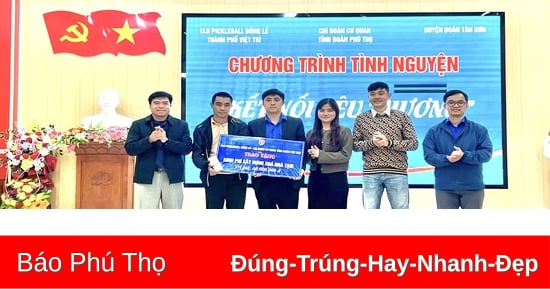
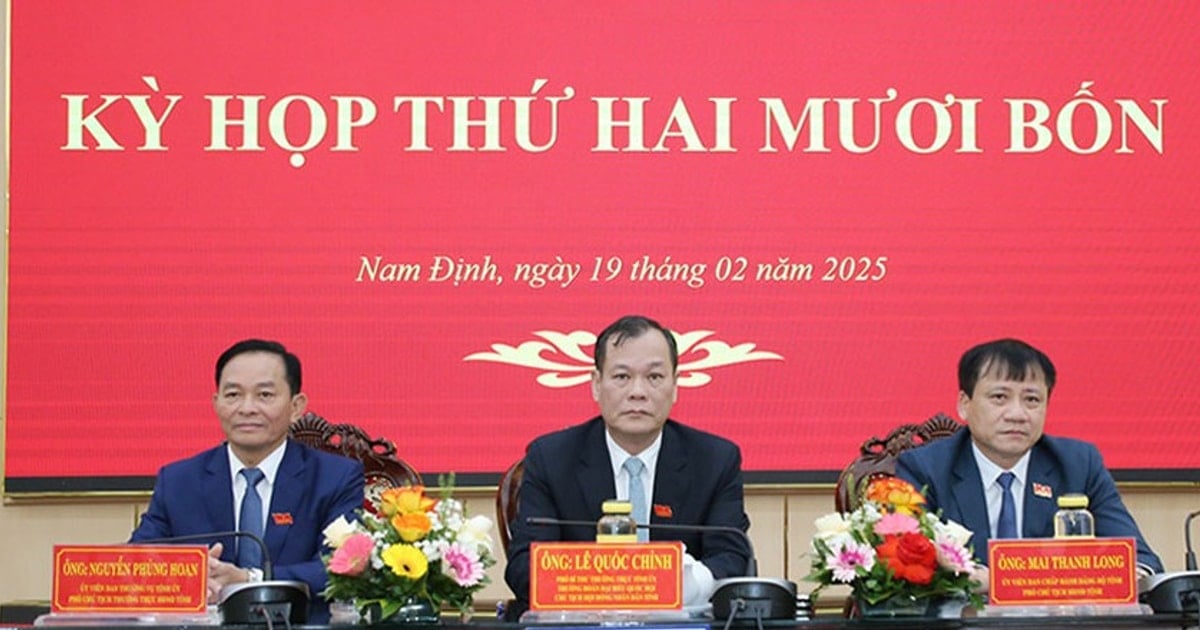
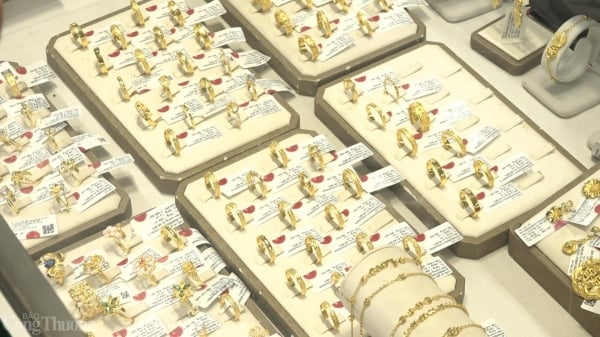

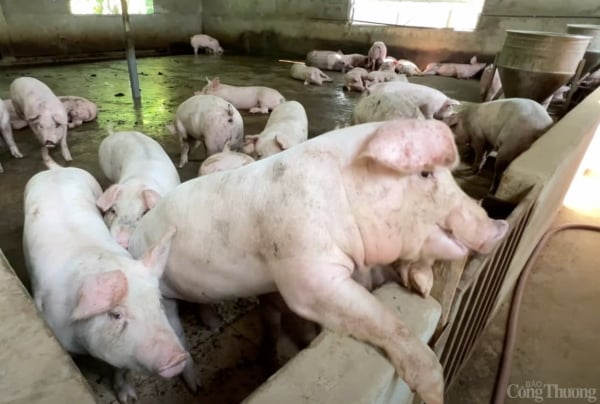
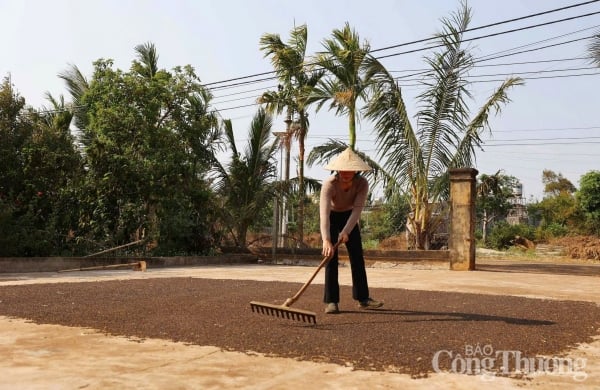
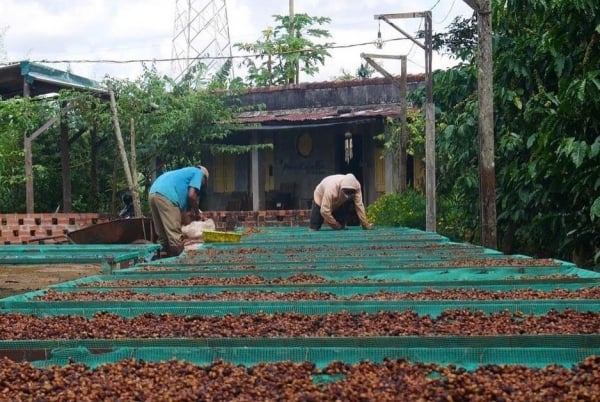
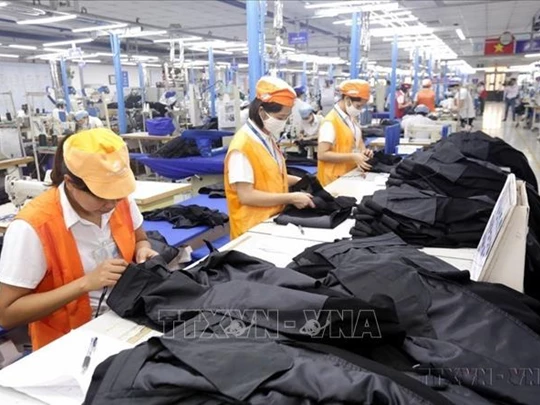
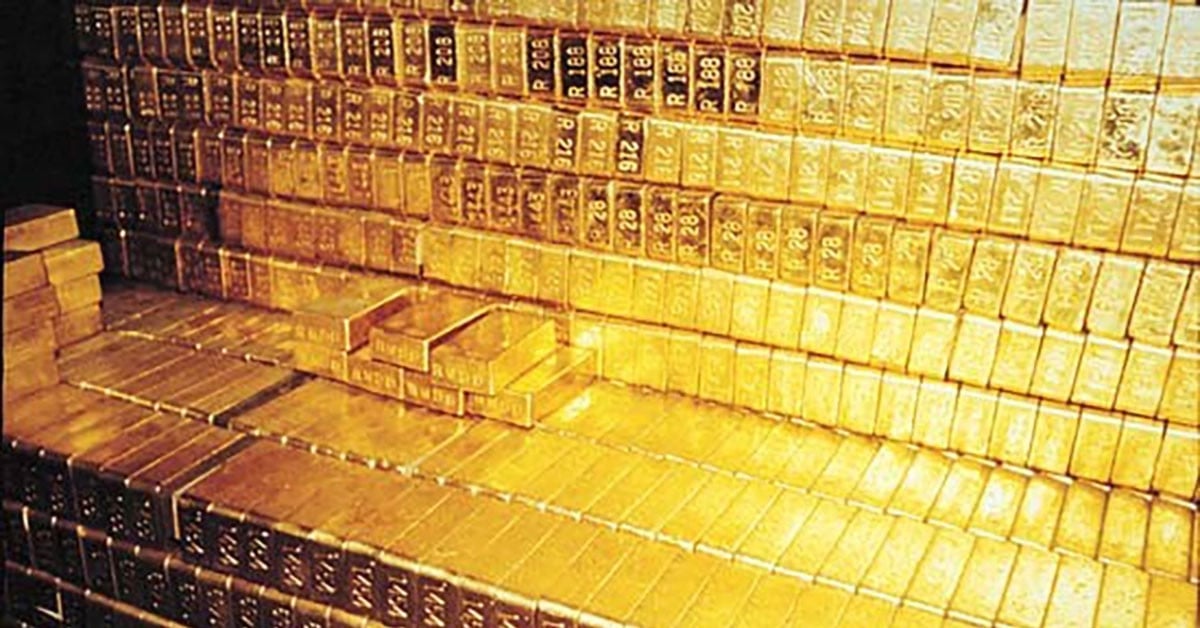
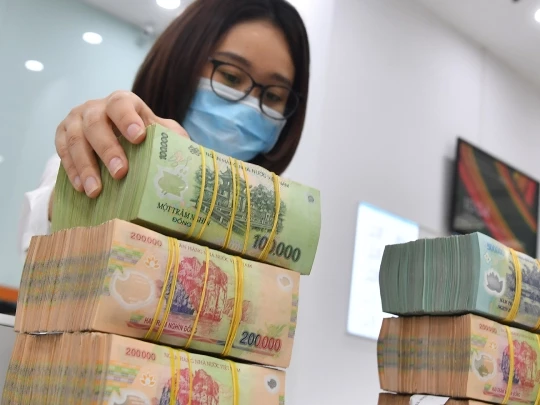
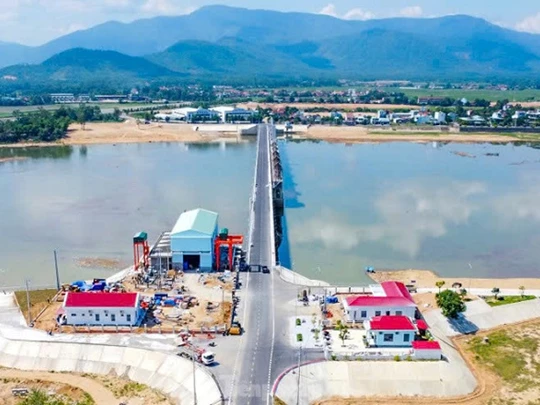
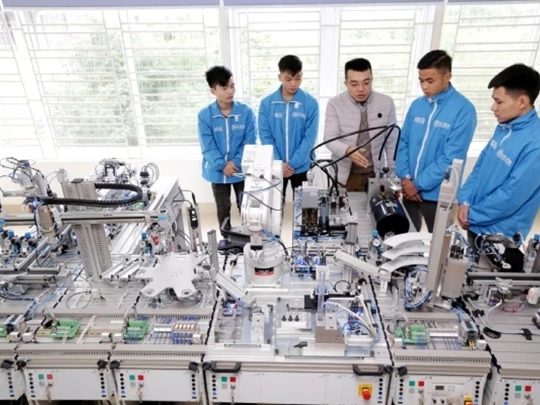
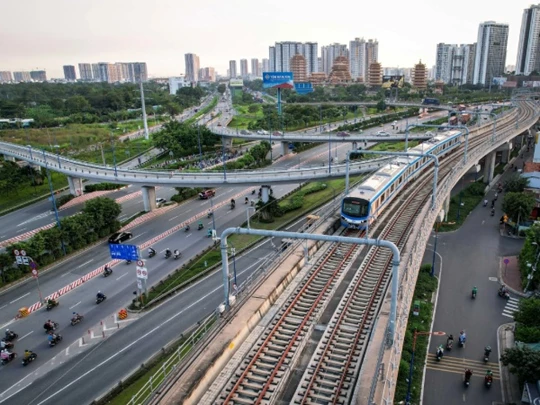
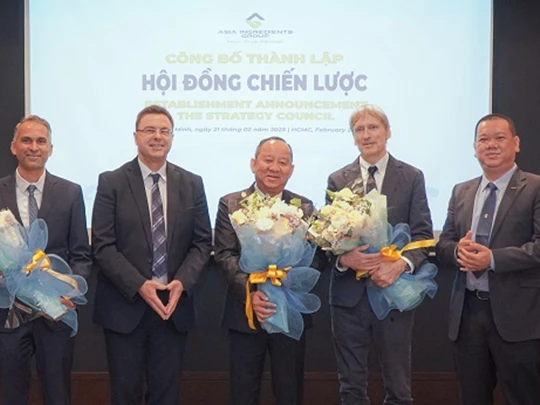








![[Photo] Prime Minister Pham Minh Chinh chairs Government Conference with localities on economic growth](https://vstatic.vietnam.vn/vietnam/resource/IMAGE/2025/2/21/f34583484f2643a2a2b72168a0d64baa)













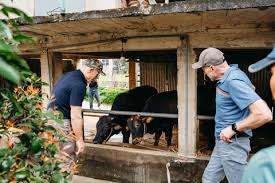













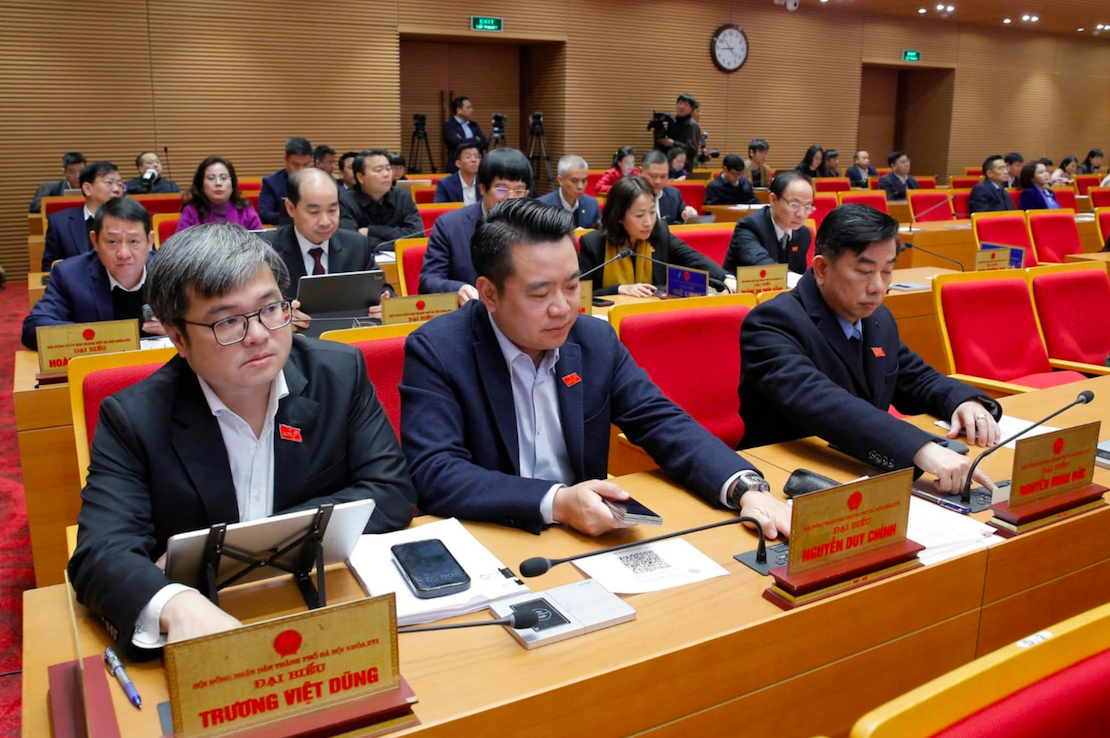
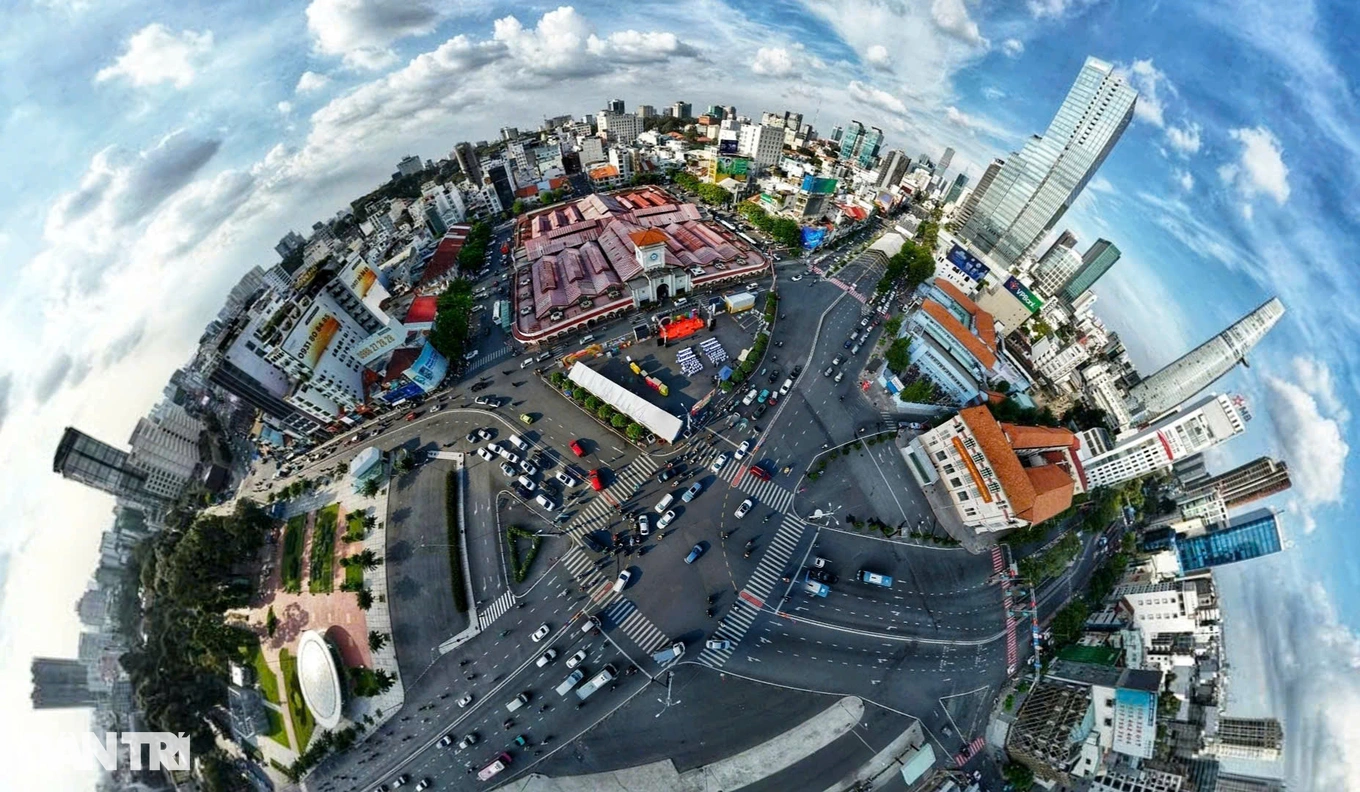

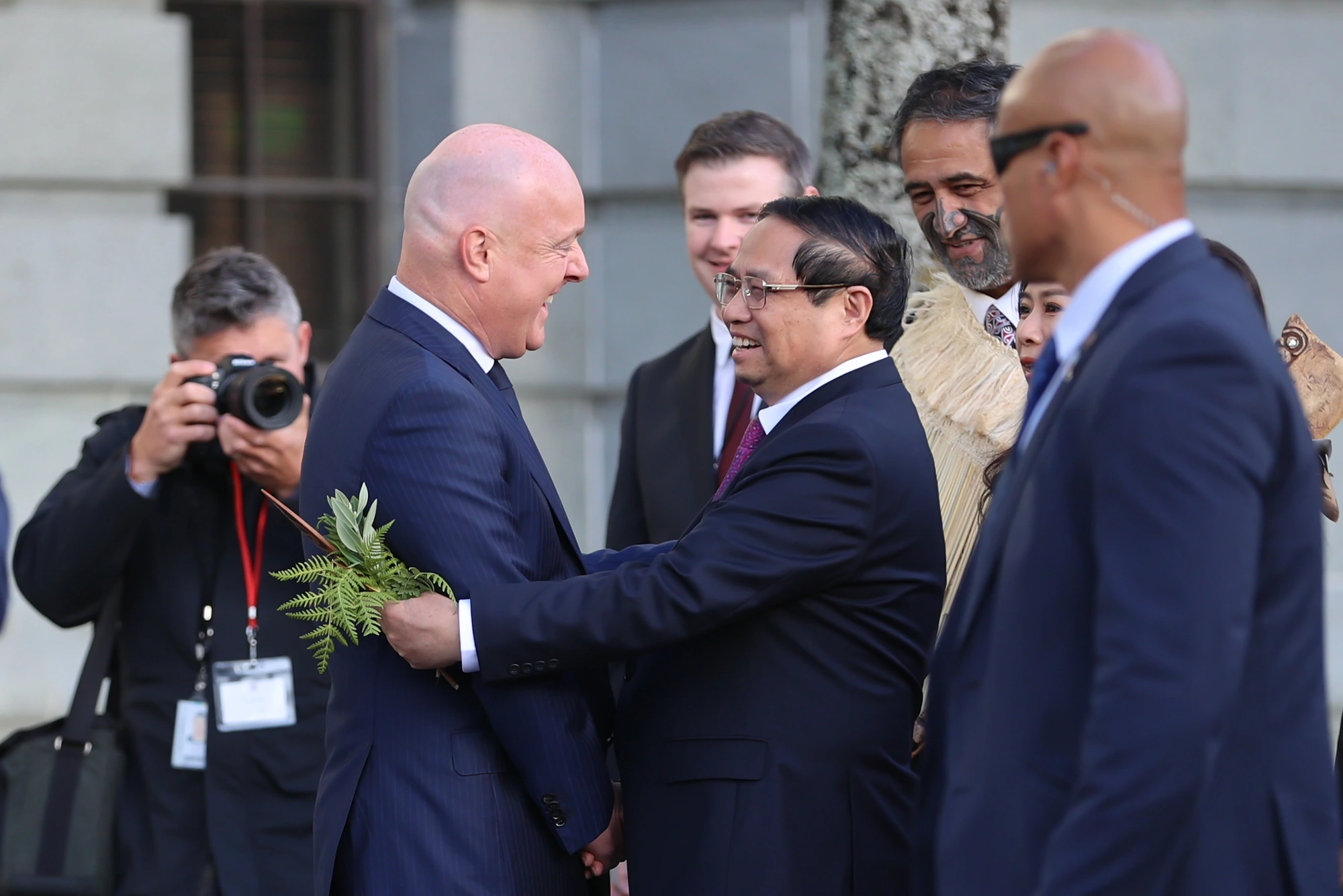
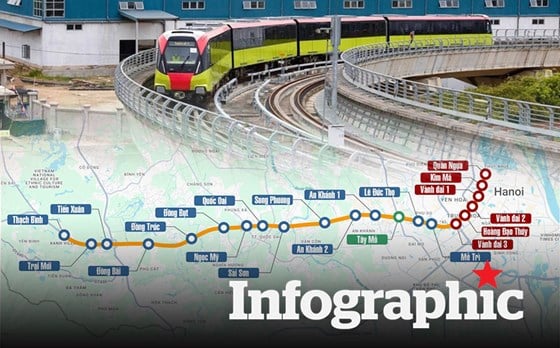
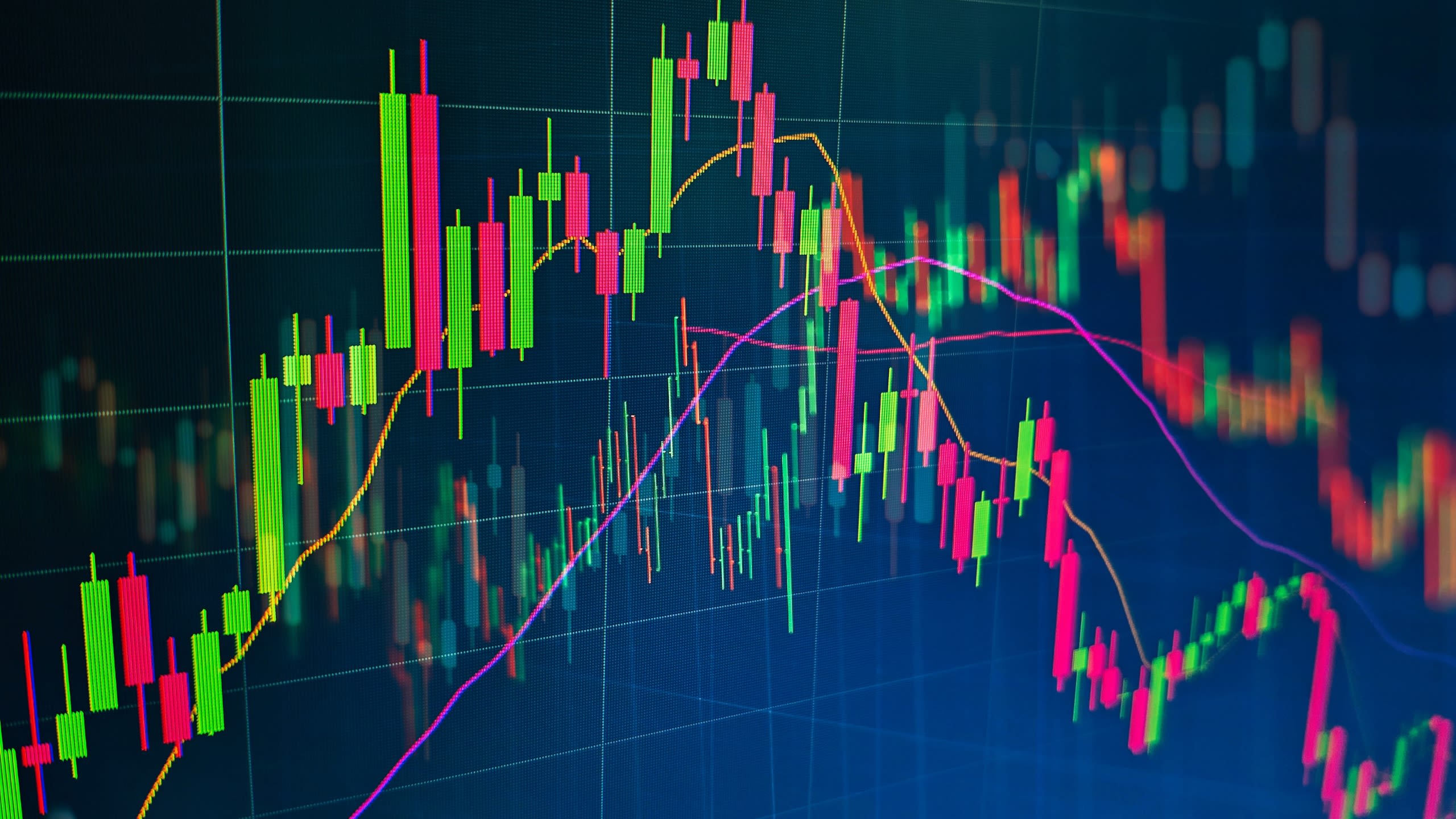


























Comment (0)